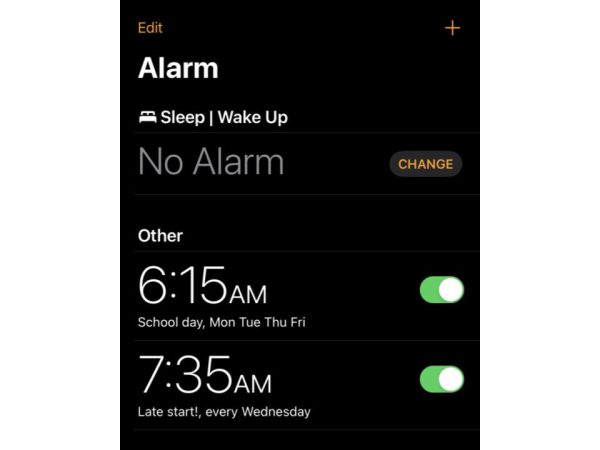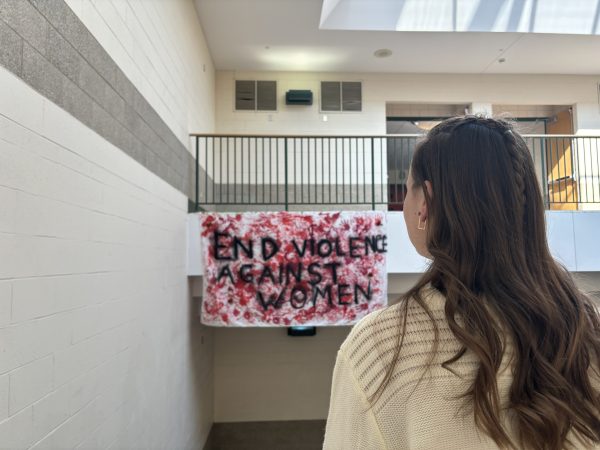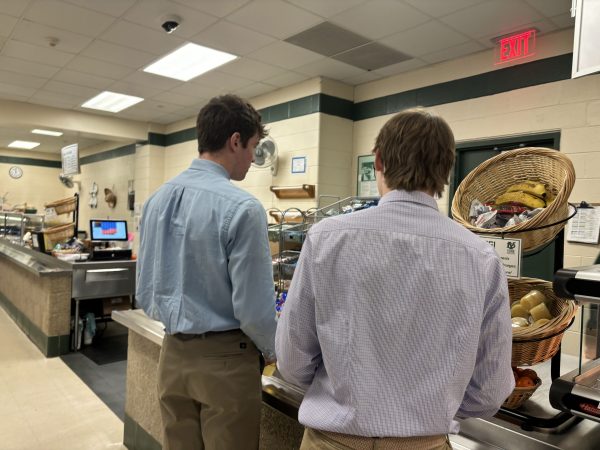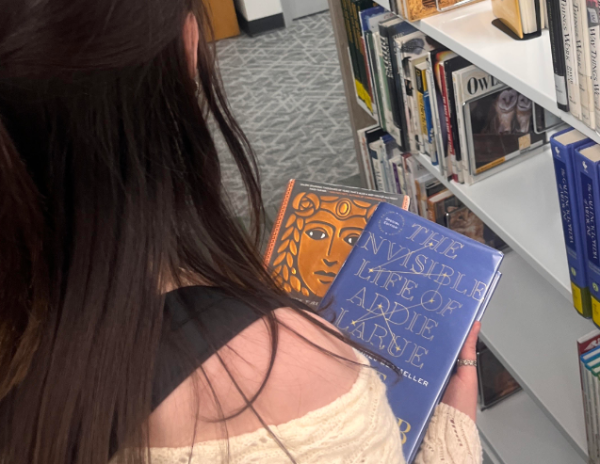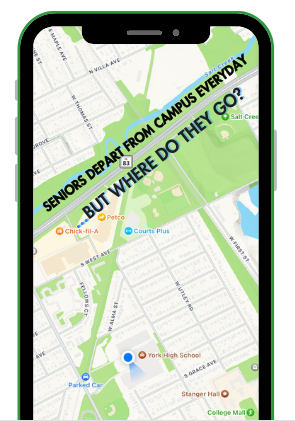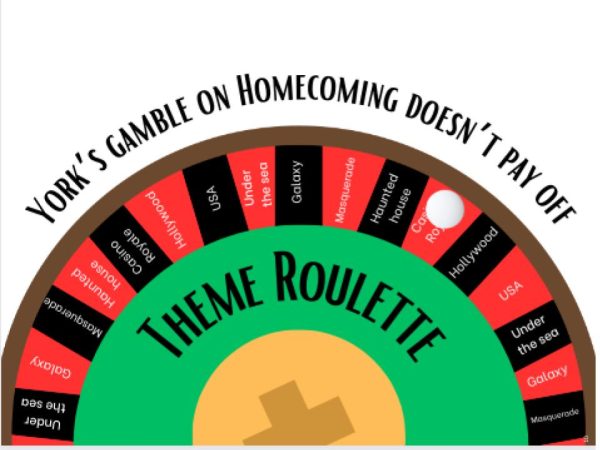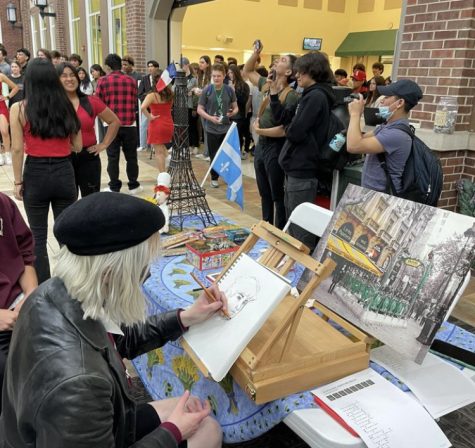The Thin Blue Line: Students and Police
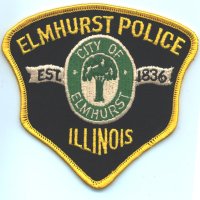
Police keep a community safe: they protect people, arrest criminals and stop drivers who are breaking the law. Needless to say, police are a very important part of a community; however, opinions differ on exactly what police should and shouldn’t do, especially amongst teenagers and young adults.
This is no different for the students of York. The York-hi conducted an anonymous survey and received responses from 159 students throughout York.
Students enjoy a relatively crime-free and secure life in Elmhurst. In our poll, 79.2% of students reported that they feel safe around the police liaisons in the school and an overwhelming majority, 83.5%, said that they feel safe in Elmhurst overall.
Although a feeling of safety is prevalent, 24.5% of respondents said that they would not report an issue to the EPD (Elmhurst Police Department) or a school liaison, not trusting them to take care of it. Another 32.9% said that the EPD does not do their job well while 14.5% responded with a neutral answer.
A common trend amongst those that answered neutral is the belief that the police have little to do other than meeting quotas: overreacting to the most minor of speeding offenses, giving out an overwhelming amount of tickets and harassing teens solely on the basis of their age. Students believe that minor offenses are being punished more severely due to the lack of crime that happens in Elmhurst.
Reports from students who have interacted with police officers are varied. Many respondants agree that the officers are courteous and pleasant when interacting with students, but there are those who say that the officers are unnecessarily rude and often jump to conclusions when it comes to teens. Roughly half of the students, 52.6%, claim that measures taken by the EPD go too far in proportion to the actual issue they respond to.
The York-hi contacted the EPD to give them a chance to respond to the survey results, but they advised us to contact York’s liason officer, Dan Corrigan. Officer Corrigan claims that the majority of an officer’s day is spent conducting traffic enforcement. In the yearly survey that is sent out to Elmhurst residents, traffic issues come up as a primary concern.
“No one wants people speeding down their side street, or ignoring stop signs,” said Officer Corrigan. “Our officers do not go to a certain location to ‘catch’ teen drivers.”
The issue of drinking, however, is different. Mr. Corrigan estimates that up to 90% of cases where police find alcohol at parties occur because they had been called by someone at the event who was concerned for the well-being of those involved. The officers who respond have a responsibility to address the issue they are presented with. They cannot ignore potentially dangerous situations. Because of this, teens may believe that police are out to get them and overreact.
“The Elmhurst police does not specifically target teens for driving or for drinking,” said Officer Corrigan. “One of the advantages and reasons people live in Elmhurst is because of the low crime rates and good police service. Some of this is a result of our attention to the smaller issues that come up on a daily basis and being able to spend the time on these to prevent larger issues from occurring. As a police department as a whole, we strive to work with the community to achieve trust and a good working relationship to address the issues we all share.”

Bozek Kaszuba is a sophomore at York. He is a reporter and editor for York-hi, student officer of Chess Club and participates in Science Olympiad, preferring...




